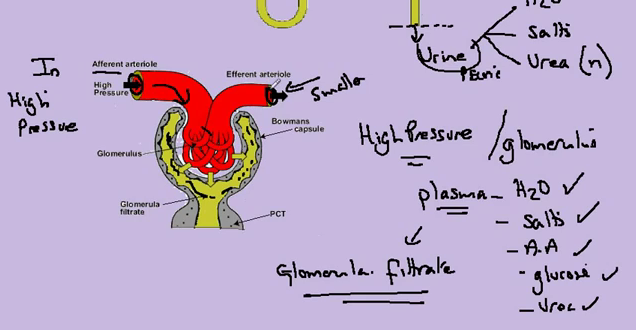Understand that variation within a species can be genetic, environmental or a combination of both.
1. variation = difference we can see in the phenotype (how things appear)
it is possible to count and measure these differences in graphic form.
An individual has a phenotype --> genotype --> which is modified by the environment.
variation pop = variation genotype = variation environment
Differences in the appearance of individuals in a species population is because those individual have different genotypes and are living+surviving in different environments.
Graph "1" - suggests variation in the pop (species) is due to the variation in genotypes. (environment is normal here)
Discontinuous variation --->

Graph "2" suggests variation in the pop and variation in species.
The variation here is caused by genetic variation in the genotype
eg: Height in humans (affected by your diet)
Combo of genes + the environment.

these groups are modified by the environment which results in a smooth curve.
3rd case: Variation in a population (phenotypic variation) is due to environmental variation. The genes have no role to play in differences in pop.
eg: the home language you speak.
 Understand how the functioning of enzymes can be affected by changes in pH
Understand how the functioning of enzymes can be affected by changes in pH















































